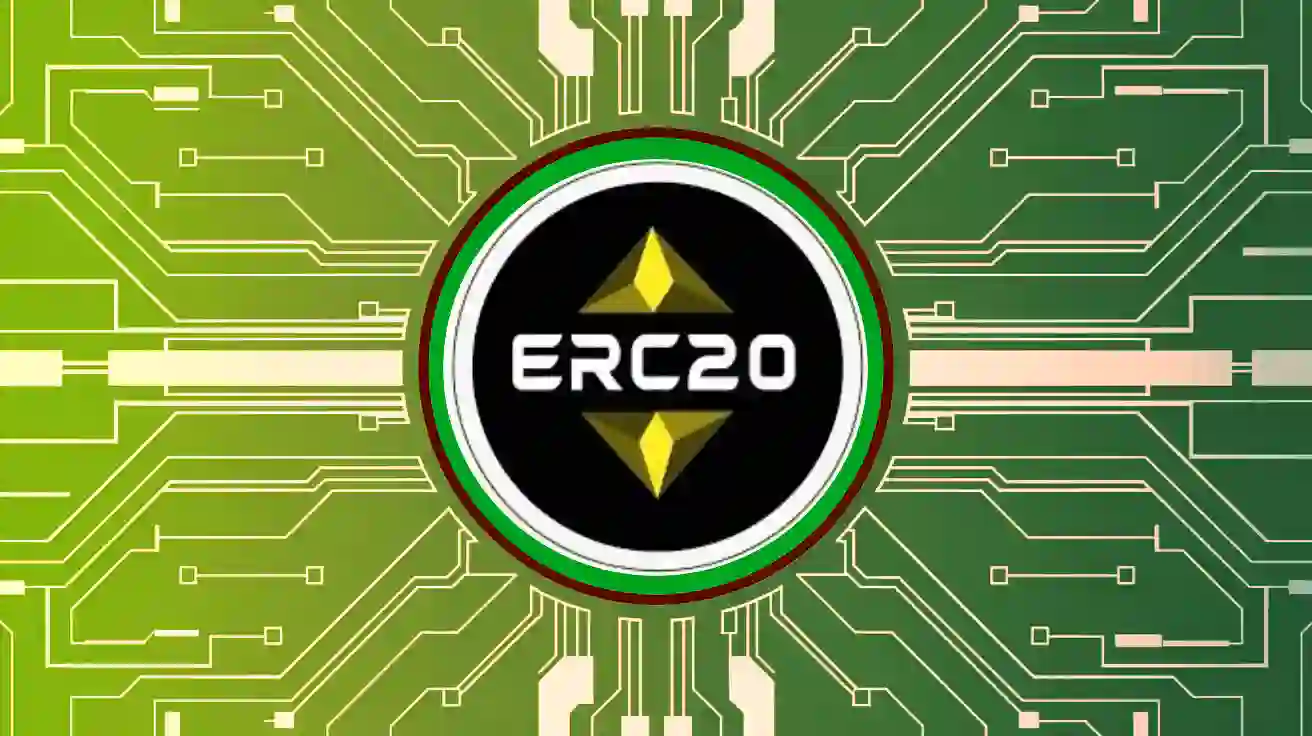Before Ethereum, the blockchain landscape felt like a collection of isolated islands, each with its own native currency and unique set of rules. Building a new blockchain, a sovereign nation in this digital archipelago, was a monumental undertaking, requiring vast resources and expertise. Then came Ethereum, not just another island, but a continent offering a shared infrastructure, a common language, and a set of blueprints that would democratize the creation of digital assets. These blueprints were called ERC-20, and they sparked an explosion of innovation, weaving a rich and complex tapestry of tokens that continues to reshape the possibilities of blockchain technology.
Imagine a world where every app on your phone had its own completely unique operating system. It would be a nightmare for developers trying to build interconnected services and a confusing mess for users. This was the challenge facing the early Ethereum ecosystem. While the platform allowed anyone to create their own “tokens” – essentially digital representations of value or utility – there was no standard way for these tokens to communicate or interact with each other. Trading them, integrating them into decentralized applications (dApps), and even simply understanding their fundamental properties became a complicated affair.
Recognizing this burgeoning yet fragmented landscape, Ethereum’s core developers stepped in to forge a common framework. They envisioned a set of rules that every token on the network could adhere to, ensuring interoperability and simplifying the development process. This standardization effort culminated in the ERC-20 specification. It wasn’t a mandate from a central authority, but rather a widely adopted set of guidelines defining the basic functions a token should possess – things like how tokens are transferred, how their total supply is tracked, and how users can check their balance.
The impact of ERC-20 was nothing short of revolutionary. Suddenly, companies and individuals with innovative ideas no longer needed to shoulder the immense burden of building an entire blockchain from scratch. Instead, they could leverage Ethereum’s robust and secure infrastructure, focusing their efforts on the specific utility and design of their own token. This ease of creation led to an unprecedented proliferation of tokens, each representing a unique project, a specific use case, or a novel form of digital ownership.
Consider Golem, aiming to create a decentralized “Airbnb for computing power,” allowing individuals to rent out their idle computer resources in exchange for its native GNT token. Or OmiseGo, a Thai-based company building a decentralized payment platform for retailers, much like Stripe but powered by the Ethereum blockchain. Then there’s Augur, seeking to democratize prediction markets, allowing anyone to speculate on future events while harnessing the “wisdom of the crowd” through its REP token. These are just a few examples from the thousands of projects that blossomed thanks to the ERC-20 standard, demonstrating the sheer diversity of applications it enabled.
The ease with which ERC-20 tokens could be created also fueled the Initial Coin Offering (ICO) boom, a period where startups raised significant capital by selling their newly minted tokens to the public. While this era had its share of exuberance and even scams, it undeniably showcased the power of tokenization to fund innovative ventures and build passionate communities around projects. Some of these early ERC-20 tokens have since matured into significant cryptocurrencies, ranking among the top traded digital assets globally, a testament to the value and utility they have managed to capture.
For those looking to participate in this vibrant ecosystem, acquiring and managing ERC-20 tokens is relatively straightforward. All you need is an Ethereum wallet, a digital interface that allows you to interact with the Ethereum blockchain. Popular options like MyEtherWallet provide a window into the vast universe of ERC-20 tokens, allowing you to view your holdings and send or receive them with ease.
However, the journey of innovation is never truly complete. Ethereum’s developers and the wider community have identified areas for improvement within the ERC-20 standard. Concerns around accidental token loss and the complexities of certain smart contract interactions have led to proposals for upgrades, most notably ERC-223 and other evolving standards. These potential successors aim to address the limitations of ERC-20, offering enhanced functionality and user safety.
Regardless of the specific form future token standards may take, one thing remains clear: Ethereum’s foundational decision to empower others to create their own digital currencies within its network has fundamentally altered the blockchain landscape. The ERC-20 standard acted as a catalyst, transforming a nascent technology into a fertile ground for experimentation and innovation. The tapestry of Ethereum tokens, woven with threads of diverse projects and ambitious visions, continues to expand, promising an even more intricate and impactful future for decentralized technologies. It stands as a powerful example of how a well-defined standard can unlock a universe of possibilities, fostering collaboration and driving progress at an unprecedented scale.



